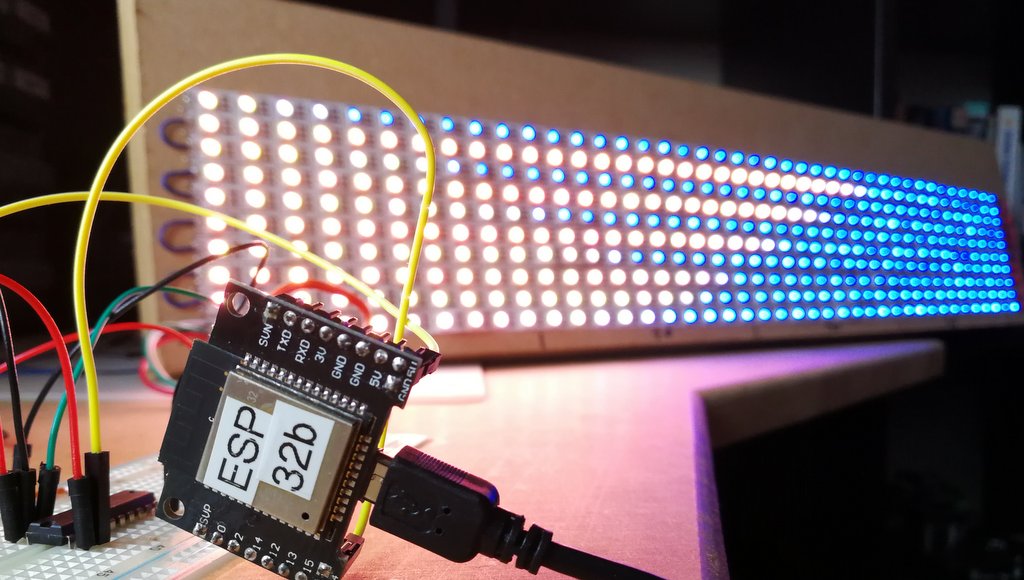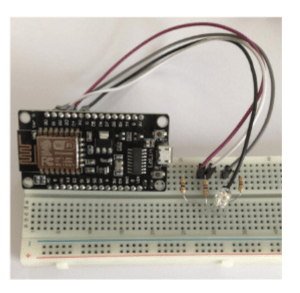


I have used the +12v from the video card connector as well as the +12v from the hard disk connector, for the exactly same results. On its sticker, I read, amongst others, the following ratings: The project's main power supply was pulled in perfect working conditions from a DELL Vostro PC. Eventually, I will want to connect it to the project's main power supply's 5v, but that's not at issue now. Materials and Specific Questions Power Supplyįor this experiment, I am powering the Raspberry Pi independently and there is no issue with that 5v wall wart. I have not measured the resulting luminosity and the relationship is not linear, but the difference is visible enough to give it a thought and see if there are improvements available. That's an even bigger loss of 29.9% compared to the single strip controlled and a staggering 58.49% compared to the single strip direct. With two strips controlled and the controller set to ON, measured 66.9W. Why a 22.2% loss and can it be mitigated? With the single strip controlled and the controller set to ON, measured 47.7W. Why a 18.9% loss and can it be mitigated? Powering two strips directly measured 99.4W. Resulting Current Draw and LuminosityĪs a reference, powering a single strip directly measured 61.3W draw at the wall. Too good to be true? It works, I can dim the light and control its color, but. the ground of the Raspberry Pi is connected to the same ground.the ground of the power supply is connected to ground.the +12 terminal on the LED strip is connected directly to the +12V power supply.the source of each MOSFET is connected to ground.The drain of each MOSFET is connected directly to one color channel on the LED strip.Each channel is controlled by a GPIO pin on the Raspberry Pi, directly connected to the gate of a MOSFET.Simulate this circuit – Schematic created using CircuitLab I am just a hobbyist, time for a real engineer to teach me a lesson and explain what I am missing to scale this to more than a single strip? Circuitry Overview These are the steps I have undertaken and the circuitry I used. However, when I try to scale to a larger installation with more LEDs and more light, I fail. I have also managed to improve slightly its yield. I have assembled very simple circuitry to successfully control one RGB LED strip. Introduction and General Question: Scalability


 0 kommentar(er)
0 kommentar(er)
